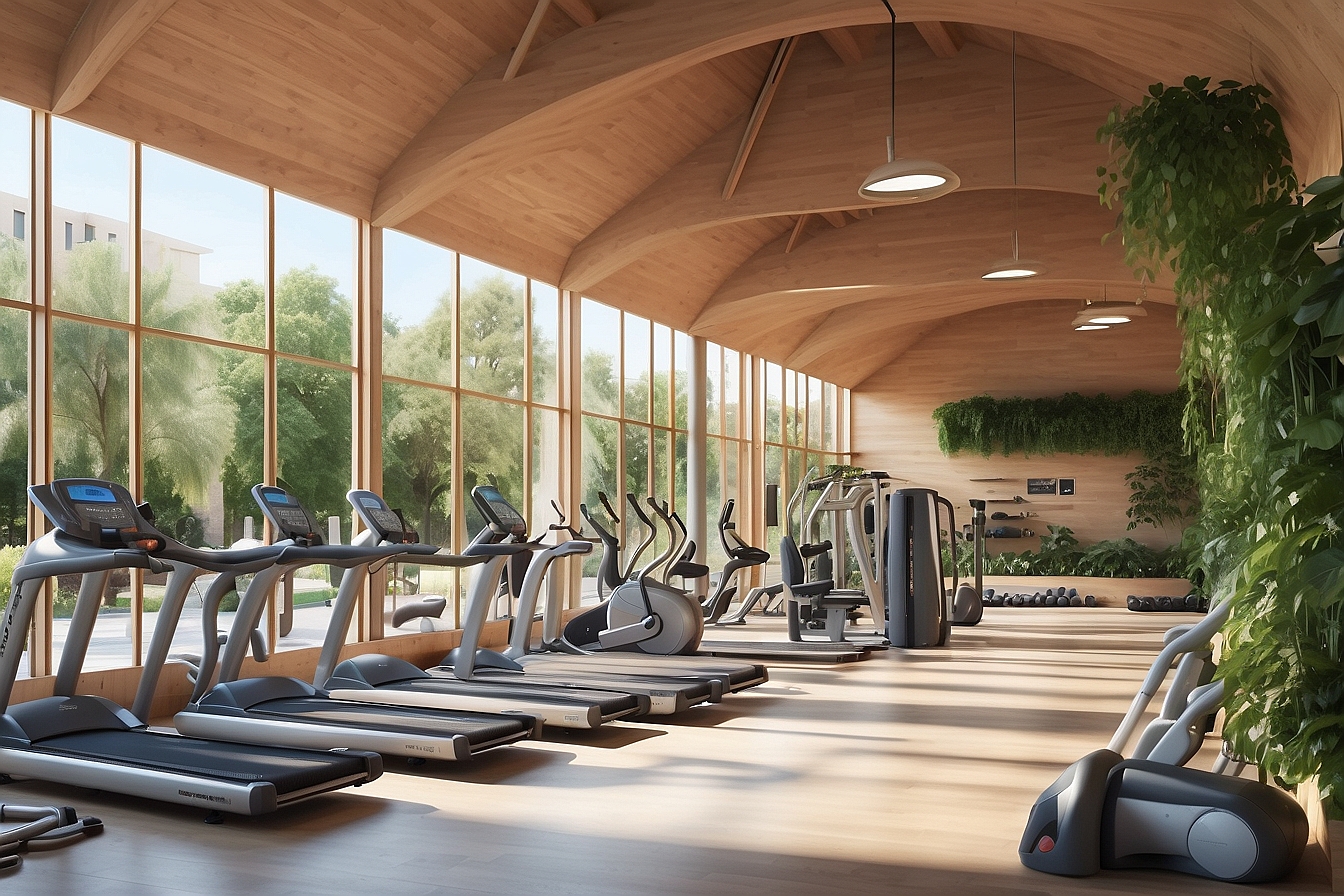Back to school shopping is always a feeding frenzy. I’m in a hurry, and with each daughter insisting that she “needs” the hot pink erasers or the cute Post-It Notes, I end up tossing stuff willy-nilly into the cart and making my escape. One way to stop the feeding frenzy is to follow that tried and true formula: the three Rs.
The first R means reduce. Lori Bongiorno has written a book called Green Greener Greenest: A Practical Guide to Making Eco-Smart Choices a Part of Your Life. She writes, “[Reducing] is a pretty simple concept, but it’s often the most overlooked of the 3Rs. If you buy less stuff, then you will have fewer things to dispose of.”
One way to reduce is to take inventory at home first. List in hand, I salvage what I can from last year’s supplies — not difficult because the backpacks are still sitting in the exact spot they were discarded last May. I will change a battery or two, wipe off the pencil box and sharpen some pencils, but this reduces time, cost and resources. “Break the shopping habit,” advises Bongiorno. “Buy only what you really need.”
The second R means reuse. When I shop, I try to purchase items that have long lives and many uses. “Reusing is preferable to recycling,” writes Bongiorno, “because the product doesn’t need to be reprocessed before it can be used again.” I may spend more up front, but it’s worth it for some items. My kids’ battered L. L. Bean backpacks still work despite years of school books, road trips, and airports.
Trendy, cheap clothes are a particular environmental disaster. Bogiorno points out, “Conventionally grown cotton, for example, is a huge eco-offender—it consumes enormous amounts of synthetic pesticides and fertilizers that deplete soil and pollute water.” Organic clothing is getting easier to find; it’s available at retailers like Wal-Mart, and websites such as the Green People Directory, www.greenpeople.org, list other places to find sustainably produced clothing. I buy the girls some decent, well-made basics like jeans, khakis, and tee-shirts, maybe a sweater or two, that are easily interchangeable. Then we patronize consignment shops in town to find fun, funky clothes—even name brands—that are inexpensive and still retain the “cool” factor.
Of course, some items can’t be reused. Until all the fourth-graders in my daughter’s class will carry their own handkerchiefs, new Kleenex boxes are non-negotiable. But at least the boxes are recyclable, which is the third R. “Recycling is a no-brainer,” writes Bongiorno. “[It] saves energy, water, and other natural resources, and reduces pollution, including the greenhouse gas emissions responsible for climate change.”
Many school supplies made of paper and plastic contain at least some recycled content. Retailers such as Office Depot and Staples provide more “green” office supplies such as refillable toner and ink cartridges, recycled paper products, and even sustainably-harvested bamboo desk accessories. Before the feeding frenzy starts, add the three Rs to your ABCs.


